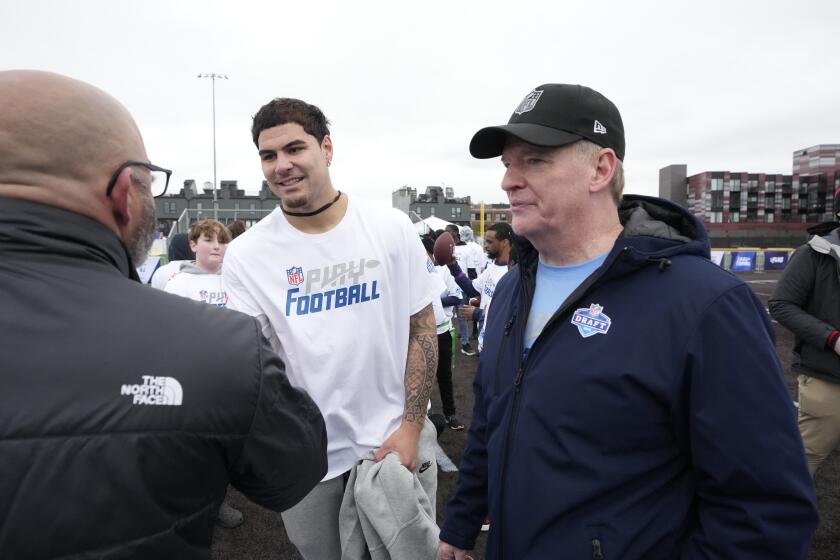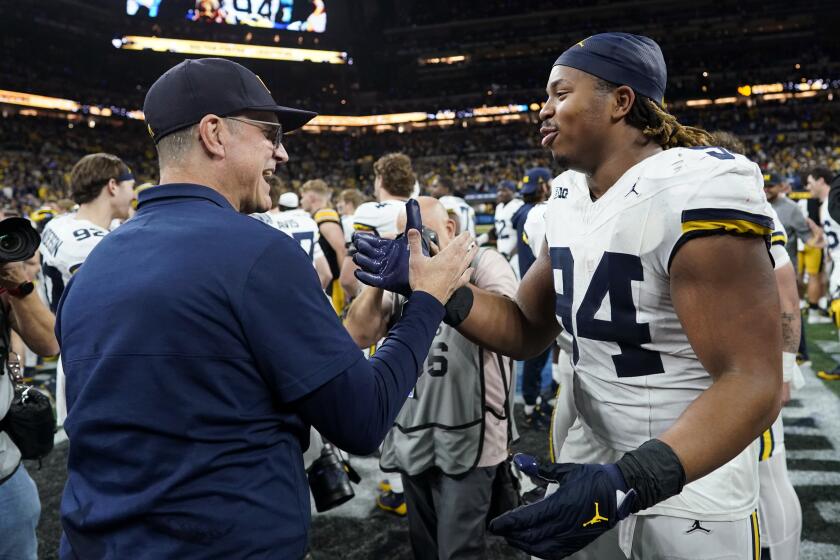Fenway Park Goes Into Its Winter Hibernation
With the World Series crowds gone, the housekeepers of Fenway Park have turned their attention from sweeping up the mounds of paper cups, popcorn containers and ice cream wrappers to preparing for winter.
From taking the screen off The Wall in left field to replacing sod destroyed by the postseason media crush, groundskeeper Joe Mooney and his crew are readying the old ballyard for another cold New England season.
Mooney’s crew went to work days after the 1986 World Series shifted back to New York for the final two games.
They ripped up sod, something Boston police had devised an elaborate security plan to prevent rabid Red Sox fans from doing when their team had clinched the American League East title, the AL pennant and Game 5 of the World Series.
Mooney thanked the crush of the media for the need to replace so much of Fenway Park’s grass.
“The sod on the right field side in front of the Red Sox’s dugout was heavily damaged by the media here to cover the World Series and the AL playoffs,” he said. “We usually don’t take up this much sod, just around where the batting cage is set up and around the pitching mound or the outfield for drain lines. This is the biggest amount of damage since 1975.”
That also was the last time the Red Sox saw playoff action.
While the grass is replanted, well before the cold weather comes, Mooney’s crew begins the job of patching the concrete on the smallest park in major league baseball.
“We’re about a month behind schedule. But it’s the playoffs that did it. It will probably mean that some work will have to be left to the spring. It all depends on how long the good weather is around,” Mooney said.
Fenway Park was built in 1912, and even though it is a one-sport facility, it requires a lot of attention.
“You never totally catch up with the maintenance,” Mooney said. “But we just keep at it.”
He figures Fenway Park is good for 20 to 25 more years of use.
As long as the good weather holds, Mooney’s men will do everything from mowing the grass to removing the boards from the runways leading from the dressing rooms and in the dugouts.
“After Thanksgiving, the net on the Green Monster comes down, and we recondition it under the stands,” Mooney said, referring to the screen atop The Wall in left field.
“We try to keep that up there for as long as we can to catch the purses, keys and everything else tossed around by the late-night crowds from the nightclubs on (nearby) Lansdowne Street,” he said. “Otherwise, it would destroy the mowers.”
Closing down also means taking the canvas awning off the rooftop seats, shutting off the water, reinforcing the screen behind home plate, and placing heavy plastic sheeting over the runways leading from the stands.
“It gets awfully cold under there during the winter, and it seeps up into the offices,” said club spokesman Dick Bresciani.
The power to the scoreboard in center field and on the left field wall, as well as the light towers, was turned off at the end of October.
“Boston Edison sends us a bill for $10,000 at the beginning of the month, and there’s no use for that in November,” Mooney said.
More to Read
Get our high school sports newsletter
Prep Rally is devoted to the SoCal high school sports experience, bringing you scores, stories and a behind-the-scenes look at what makes prep sports so popular.
You may occasionally receive promotional content from the Los Angeles Times.






